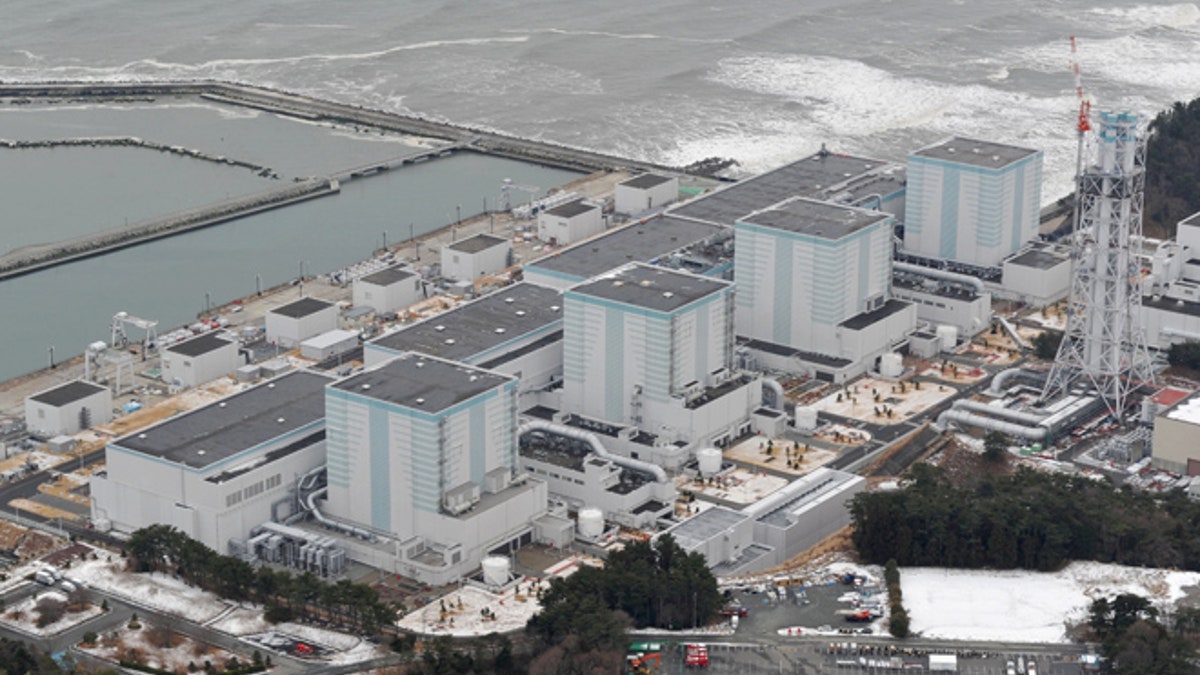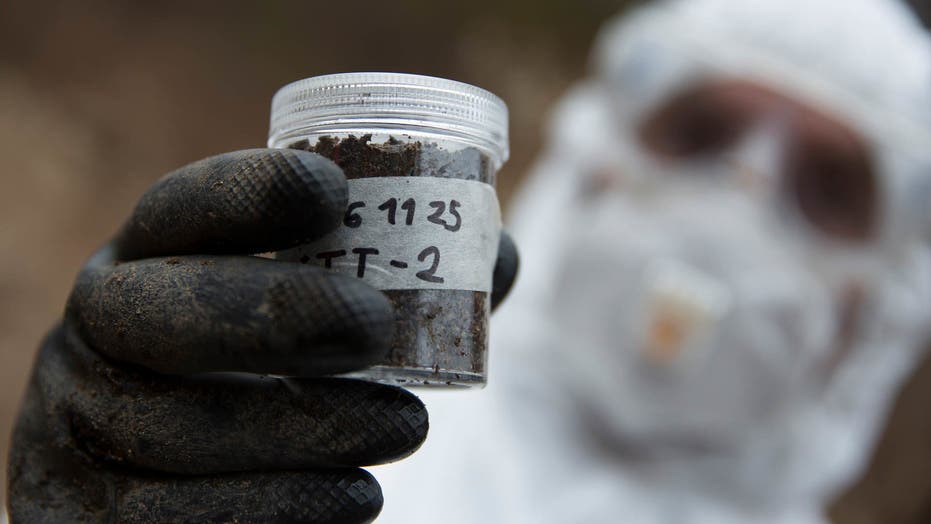Almost six years after he was forced to leave his home following the Fukushima Daiichi nuclear disaster, the Japanese government informed Toru Anzai that it was safe for him to return to the small agricultural village of Iitate.
Anzai and the rest of the some 6,000 people who once called the village – located about 24 miles northwest of the doomed nuclear power plant – home were told that the evacuation orders were to be lifted by the end of March as the government has completed its decontamination work and reduced the average radiation level in the air to 0.8 microsieverts (µSv/h) per hour – a level deemed by international organizations as safe for human life.
Alongside lifting the evacuation order, the Japanese government also noted that it will end compensation payments to the former residents of Iitate after a year from when an area is declared safe again to live in.
The government’s announcement, however, has been met with skepticism from Iitate’s former residents and widespread criticism from environmental activists and radiation experts around the world. They say that Japan has based its policies not on any interest in public health but on undoing the financial burden of compensation and creating a false reality that life in the Fukushima prefecture is back to normal.

Toru Anzai was evacuated from Iitate village in 2011 after the start of the Fukushima Daiichi nuclear disaster. (© Masaya Noda / Greenpeace)
“The Japanese government just wants to say that we can overcome,” Jans Vande Putte, a radiation specialist with environmental group Greenpeace and one of the authors of a report on the cleanup efforts in Iitate, told Fox News. “It’s like they’re running a PR campaign to say that everything is okay and we can now go back to normal.”
Considered the worst atomic accident since the Chernobyl meltdown in the Ukraine in 1986, the Fukushima disaster occurred on March 11, 2011, following a massive 9.0 magnitude earthquake and ensuing tsunami. That tsunami destroyed the emergency generators that would have provided power to cool the nuclear reactors. The insufficient cooling led to three nuclear meltdowns, explosions of hydrogen-air chemicals and the release of radioactive material into the surrounding prefecture.
While Japanese officials assert that the radiation around homes in Iitate have been brought down to an acceptable level since the disaster, Greenpeace said that a survey team it sent into the village found radiation dose rates at houses that were well above long-term government targets.
The organization’s report also noted that annual and lifetime exposure levels in Iitate pose a long-term risk to citizens who may return – especially young children. Scientific research found that on average a newborn girl is seven times more sensitive to radiation as a young adult.
The Japanese government has set a long-term decontamination target of 0.23 µSv/h, which would give a dose of 1 millisievert (mSv) per year, or the maximum limit recommended by the International Commission on Radiological Protection. The sievert is a derived unit that measures the health effect of low levels of ionizing radiation on the human body.
Greenpeace measurements outside on Anzai’s house, however, found that level to be 0.7µSv/h, which would equal 2.5 mSv per year. Inside his home the numbers were even higher, with values coming in at a range between 5.1 to 10.4 mSv per year.
“It is still relatively unsafe to live there,” Vande Putte said. “If thousands of people go back it will be a bad situation and it’s just not wise to go back.”
The radiation levels, experts contend, are even more dangerous outside of the village and the area the government has allegedly decontaminated. Iitate is primarily an agricultural community and 75 percent of the 77-square-mile area is mountainous forest, where Greenpeace contends that radiation levels are comparable to the exclusion zone around Chernobyl.
That means that anyone taking a walk through the woods or even eating something grown in supposedly decontaminated land is at greater risk for a high level of radiation exposure.
“You don’t have to go right out into the forest because they’re not cleaning up areas that are already settled,” Keith Baverstock, a former regional adviser for radiation and public health at the World Health Organization and current medical researcher at the University of Eastern Finland, told Fox News. “If you eat anything grown locally, the levels of radiation are going to be unquestionably a lot higher.”

An aerial view shows Tokyo Electric Power Co.'s Fukushima Daini nuclear power plant in Naraha town, Fukushima prefecture, Japan, in this photo taken by Kyodo February 26, 2012. (Reuters)
Baverstock, who for years has been a sharp critic of Japan’s cleanup, said that it could take between 15 and 20 years for the radioactivity in the soil to sink to safe levels if measured at the same speed as that of Chernobyl. But he added that nobody can currently be sure of that rate.
“The Japanese government doesn’t say to these people that they have to accept the risk if they return to the area,” he added.
Greenpeace is demanding that the Japanese government provide full compensation payments to residents of Fukushima prefecture and continue measuring the radiation levels so that people can decide on their own when they want to return.
Outside observers argue that the Japanese government doesn’t have many options if they really hope to protect their citizens from high levels of radiation.
“This is going to cost them,” Baverstock said. “Japan doesn’t have an alternative to waiting it out and resettling these refugees somewhere else."

